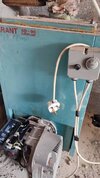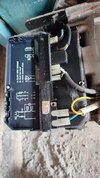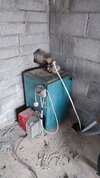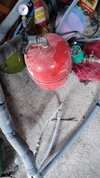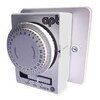- Joined
- 18 Sep 2023
- Messages
- 8
- Reaction score
- 0
- Country

Hi,
I have moved my oil boiler out to the garage and removed the old thermostat and timer in the house completely. I have electric in the garage but not sure how to connect hive mini thermostat to the boiler.
Currently there is a socket for boiler and separate socket for pump - any help appreciated!
Thanks,
Paddy
I have moved my oil boiler out to the garage and removed the old thermostat and timer in the house completely. I have electric in the garage but not sure how to connect hive mini thermostat to the boiler.
Currently there is a socket for boiler and separate socket for pump - any help appreciated!
Thanks,
Paddy

